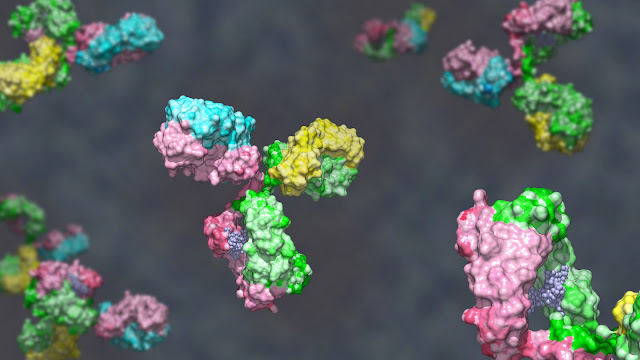Artificial Retina; used to perform the function of photoreceptors
Artificial retina is a kind of bionic eye and are grafted
electronic devices made to stimulate sensation of sight in the eyes of person
with notable retinal diseases such as retinitis pigmentosa or macular
degeneration age related disease, in which the optic nerve and visual cortex
are not damaged In the usual and unaffected eye, photoreceptors situated within
the outer layers of the retina consist light-sensitive pigment that activate the
phototransduction cascade to create neuronal signals in the occurrence of light
stimuli. These signals are flown to and treated by a complicated network of
neurons in the middle layers of the retina prior entering into the retinal
ganglion cells in the inner layers. Axonal processes from Retinal Ganglion Cells
eventually create the optic nerve to transfer the light-induced neuronal impulse
to the visual cortex. In CRD such as retinitis pigmentosa, the outer covering
or part of the retina in which photoreceptors reside are usually lost, hence leading
to loss in vision. Anyhow, inner retinal layers comprise Retina Ganglion Cells that
are partially secure in theory.
According to Coherent
Market Insights the Artificial
Retina Market Global Industry Insights, Trends, Outlook, and
Opportunity Analysis, 2022-2028.
Later, restoration of sight may be gained by designing
devices, retinal prostheses which accept and broadcast incoming light and then transfer
the data in the form of electrical signals to the residual inner retinal layers
for better working of the vision. Though visual prostheses may possibly be grown
for any amount of the visual way consisting the visual cortex, the retina is known
to be the comfortable target for curing outer retinal disorder owing to its
easy usage and partially intact GNA and processing units. Models for retinal
prostheses are usually classified depending upon the placement of the device in
the eye to and the way electrical impulses are delivered by the device to RGCs.
Many instruments are fixed either epiretinally, on the retina surface and attached
the RGC layer, or subretinally, exterior of the attached retina or in place of
the leftovers of the retinal pigmented epithelial and photoreceptor layers. There
is a growth rate in the usage of artificial retina due to the visually impaired
cases and increasing R&D.
As per World Health Organization Prevention of Blindness and Deafness
Programme, around 12 million Americans suffer from visual impairments.




Comments
Post a Comment